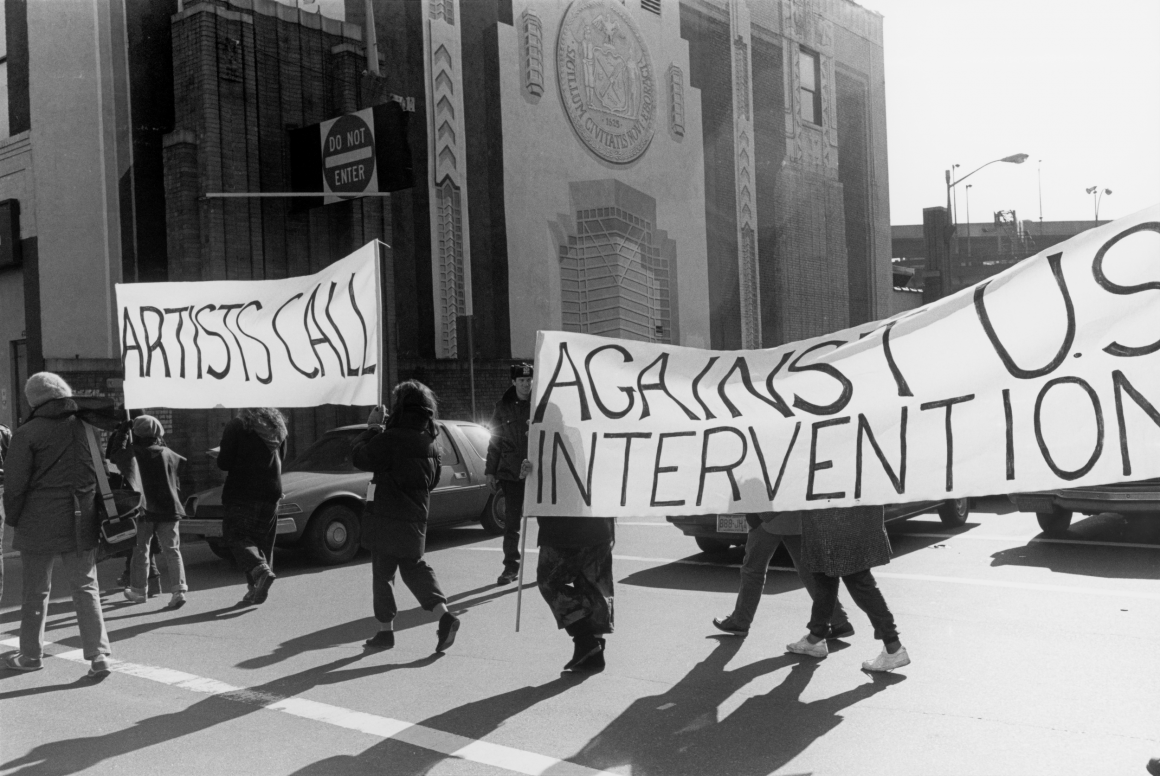Dona Ann McAdams, Procession for Peace march with Artists Call Against U.S. Intervention in Central America banner, New York, 1984. Silver gelatin print. Courtesy of the artist.
Art for the Future: Artists Call and Central American Solidarities
Organized by the Tufts University Art Galleries and curated by Erina Duganne, Professor of Art History, Texas State University, and Abigail Satinsky, Curator & Head of Public Engagement, Tufts University Art Galleries.
Art for the Future: Artists Call and Central American Solidarities is an in-depth examination of the formative 1980s activist campaign Artists Call Against US Intervention in Central America. The exhibition features more than 100 artists, including original participants and contemporary artists in conversation with the campaign.
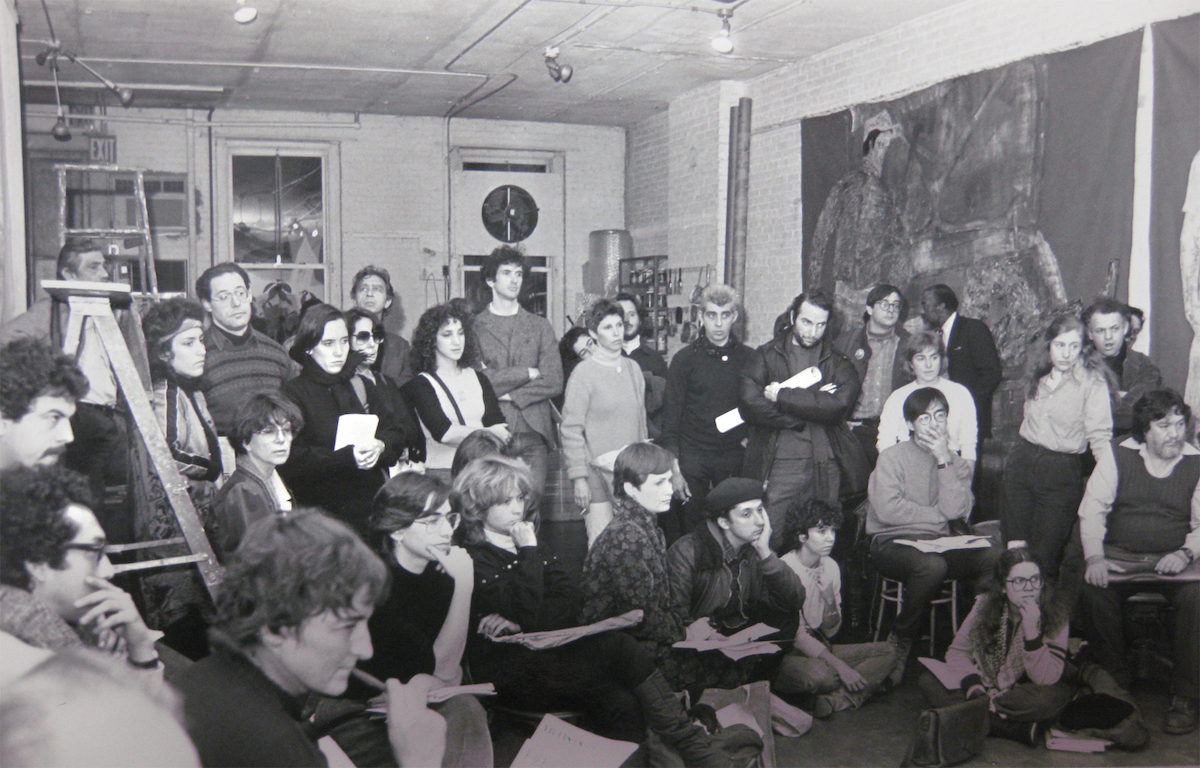
The Artists Call campaign, started by a transnational group of artists in New York City in 1984, used public demonstrations, film, art exhibitions, mail art, performances, and poetry readings to protest U.S. military interventions in Central America. All told, more than 1,100 artists took part; together, their efforts represented a political statement against the longstanding history of U.S. intervention in Central America.
Art for the Future offers a robust chronicle of the campaign and its intersection with art and activism today. The exhibition includes major works by Josely Carvalho, Jimmie Durham, Dona Ann McAdams, Ana Mendieta, Claes Oldenburg and Coosje van Bruggen, Martha Rosler, Juan Sánchez, Nancy Spero, Zarina, and many others. The exhibition also features ephemeral materials from the personal archives of organizers Lucy Lippard and Doug Ashford. Art for the Future asks: What does meaningful solidarity look like when people come from different backgrounds, privileges, and experiences? Can art-making itself be a kind of solidarity? How have notions and practices of solidarity evolved with the spread of the internet? How can solidarity networks from the past inform our practices today?
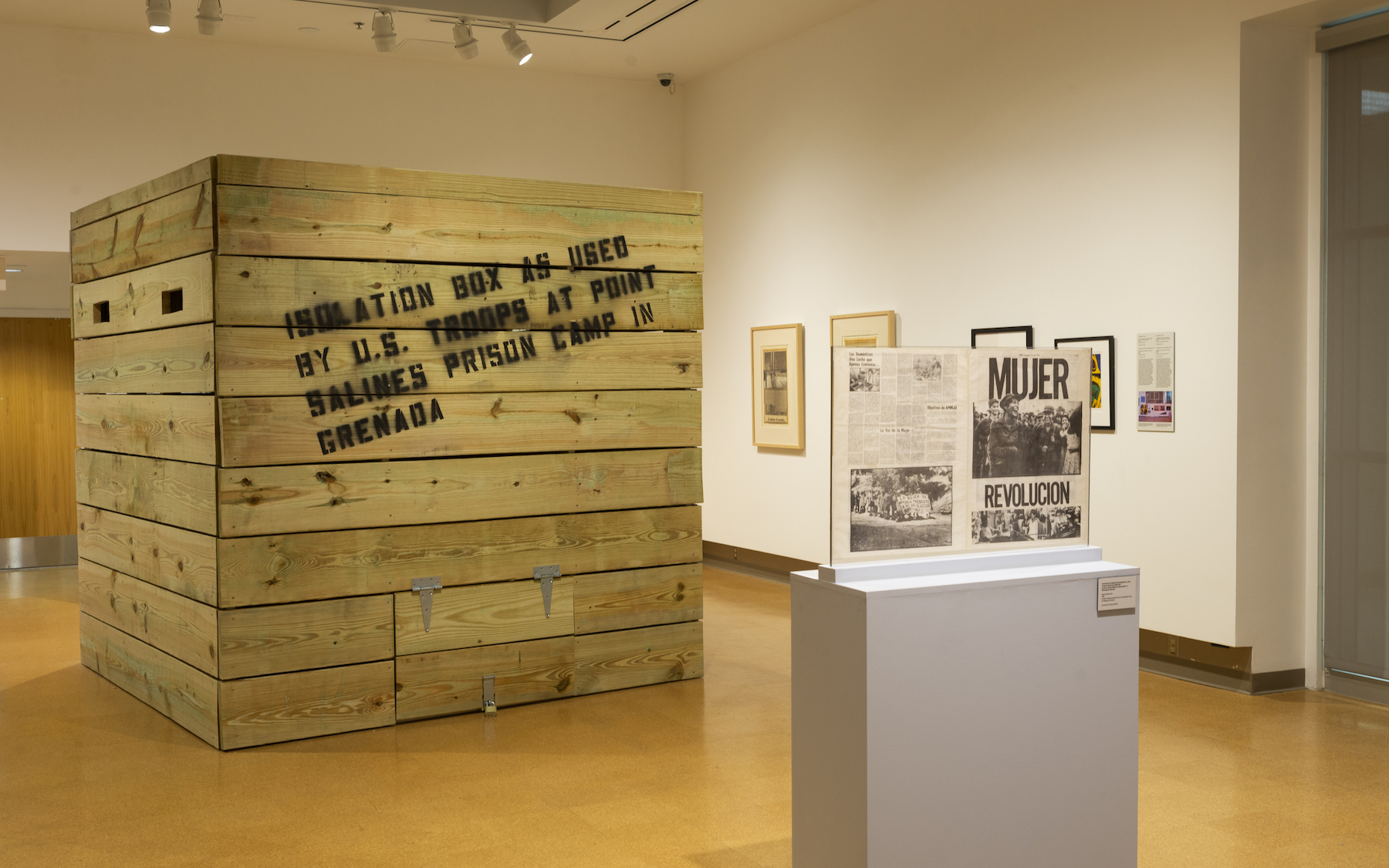
Art for the Future highlights original works, including Hans Haacke’s U.S. Isolation Box, Grenada, 1983, which recreates an isolation chamber used by U.S. troops to detain prisoners at the Point Salines airport following the U.S. invasion of Grenada. The exhibition also features Reconstruction Codex (1984) by Sabra Moore and 19 collaborators, including Emma Amos, Camille Billops, Virginia Jaramillo, Nancy Spero, and Jaune Quick-to-See Smith, among others. This work pays homage to the ancient Indigenous cultures of Latin America by reconstructing a Mayan codex.
The exhibition also presents works by contemporary artists in conversation with Artists Call, including Muriel Hasbun’s Pulse: Pulsante deseo (Homage, Carlos Cañas) and Carlos Motta’s wall-sized installation from his ongoing series, Brief History of US Interventions in Latin America Since 1946. Beatriz Cortez’s 1984: Space-Time Capsule collapses different artistic and political trajectories to examine ideas of resilience, solidarity, and creative freedom. Naeem Mohaiemen’s film Wooster Street thinks through community via Artists Call participants Judy Blum, Krishna Reddy, and Zarina. Benvenuto Chavajay’s photo installation Doroteo Guamuche reclaims the Indigenous identity of lauded Guatemalan long-distance runner Doroteo Guamuche Flores.
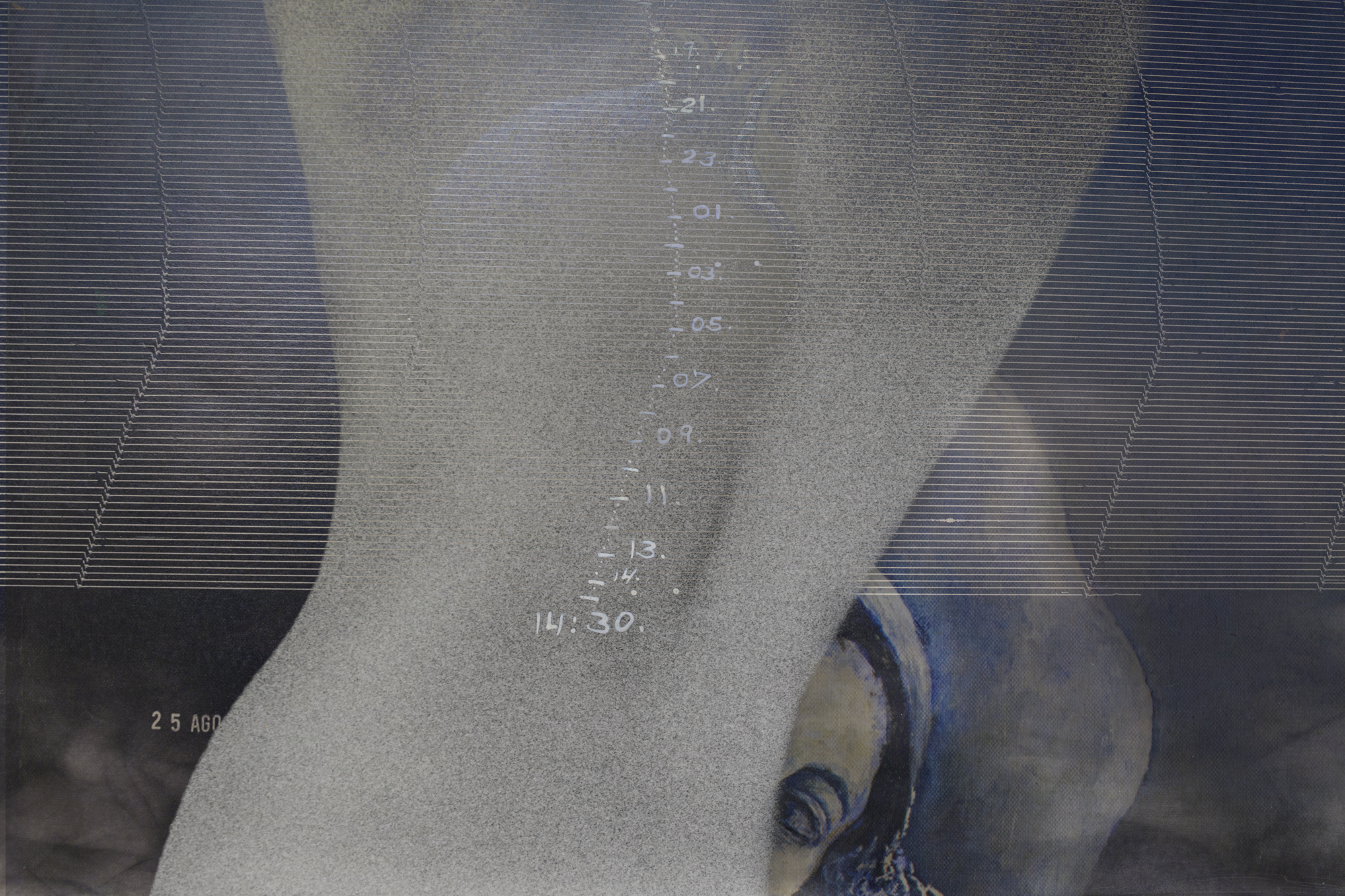
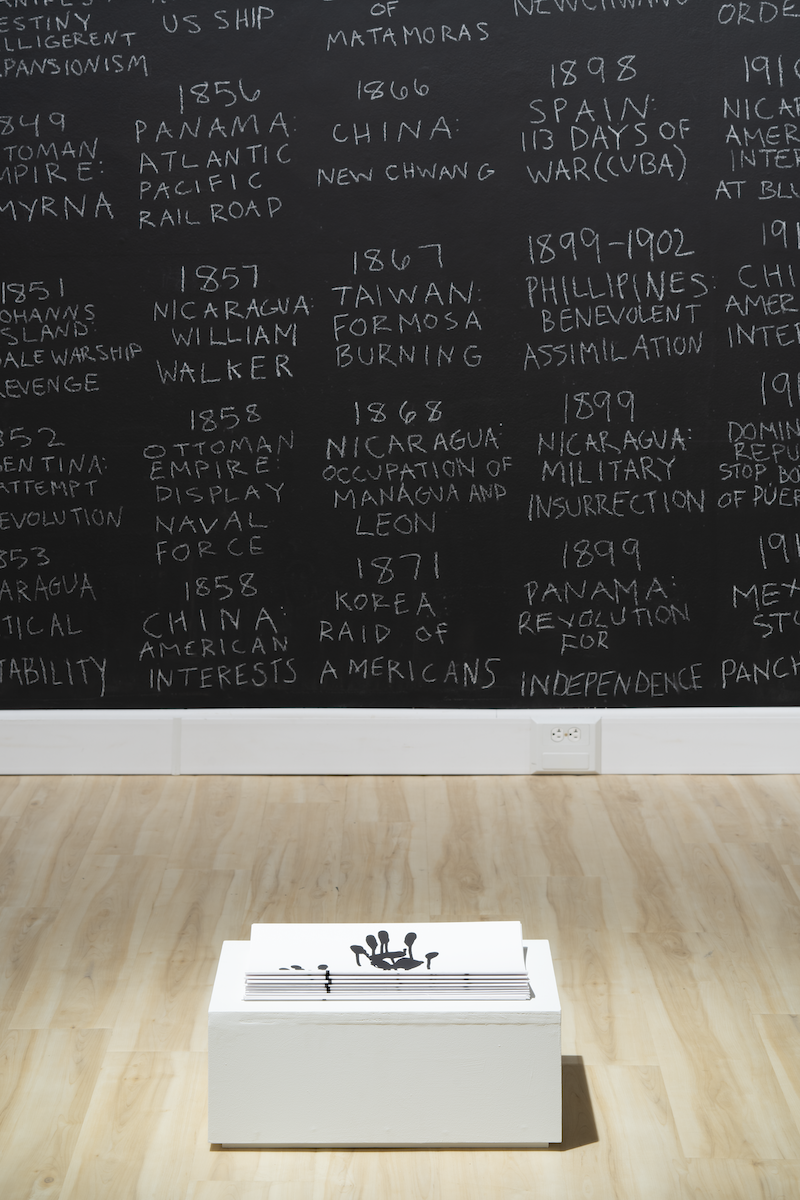
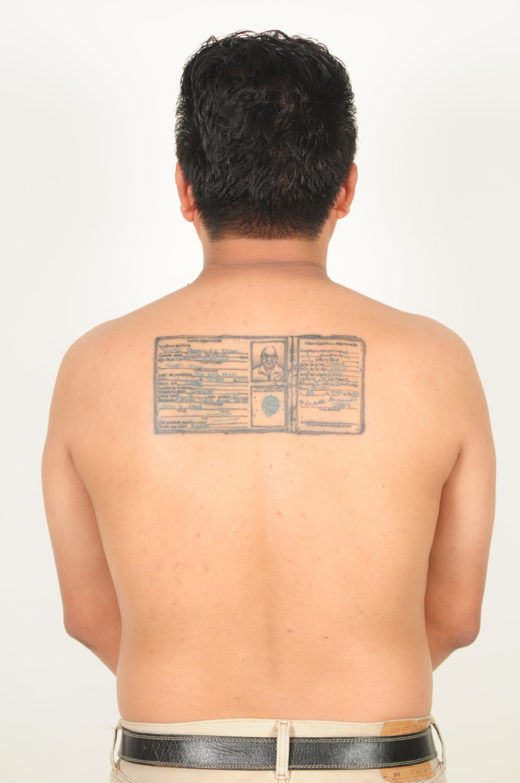
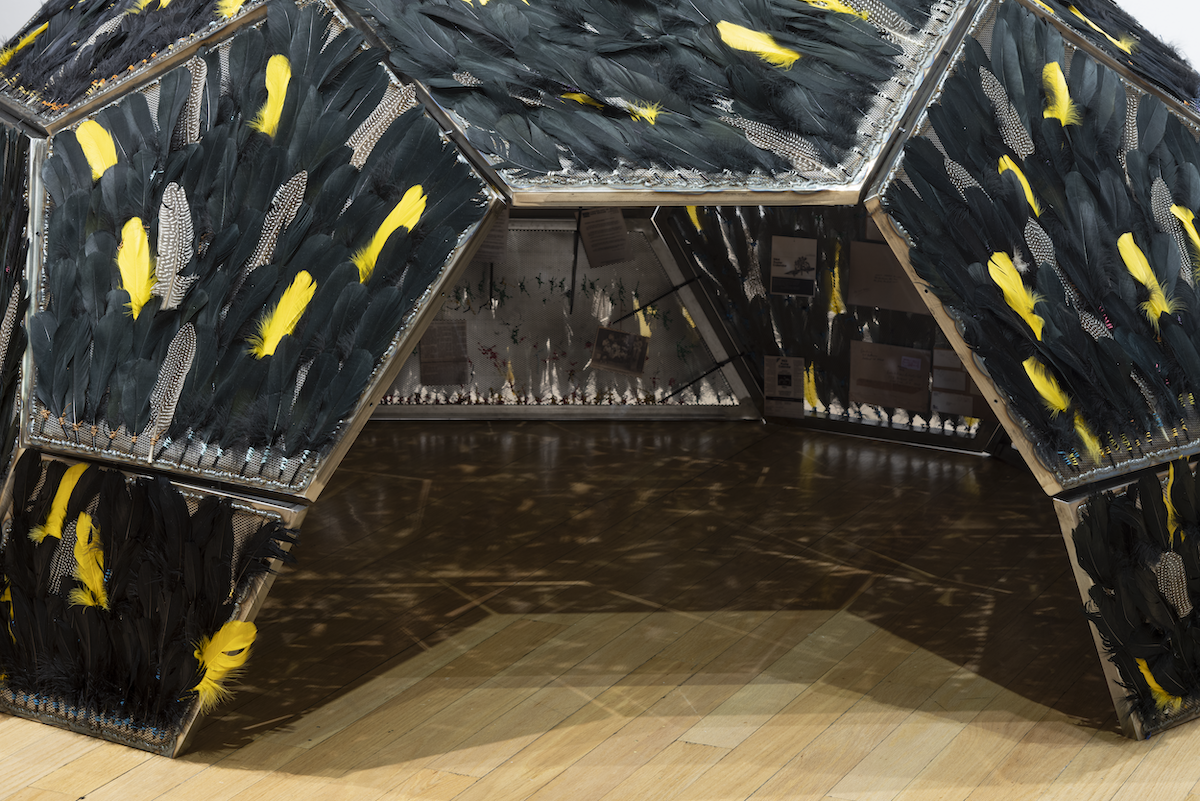
All exhibition and catalog text for Art for the Future is fully bilingual in Spanish and English. The illustrated catalog surveys Artists Call’s mobilization of writers, artists, activists, and art organizations and looks at the campaign’s legacy today. It features essays by artists and the exhibition curators as well as interviews with Artists Call organizers. UNM Associate Professor of Art History, Kency Cornejo, contributes an essay titled, “Writing Art Histories from Below: A Decolonial Guanaca-Hood Perspective.” The catalog places Artists Call within a wider visual, historical, and sociopolitical context and fills a gap in the examination of political and aesthetic actions across the Americas, both then and now. Catalogs will be available for purchase during the run of the exhibition.
Art for the Future: Artists Call and Central American Solidarities is organized by the Tufts University Art Galleries and curated by Erina Duganne, Professor of Art History, Texas State University, and Abigail Satinsky, Curator & Head of Public Engagement, Tufts University Art Galleries.
Major support for the exhibition and catalogue was provided by the National Endowment for the Arts, The Andy Warhol Foundation for the Visual Arts and the Institute for Studies on Latin American Art (ISLAA).

